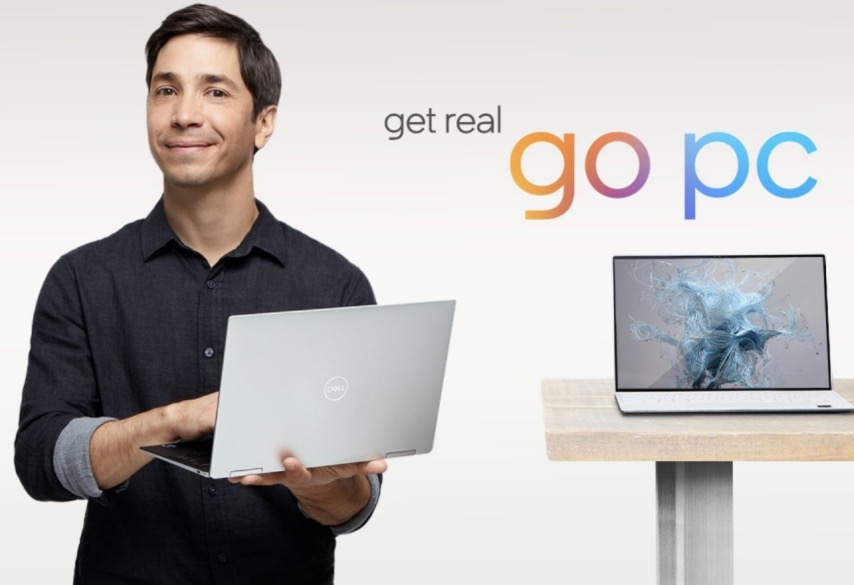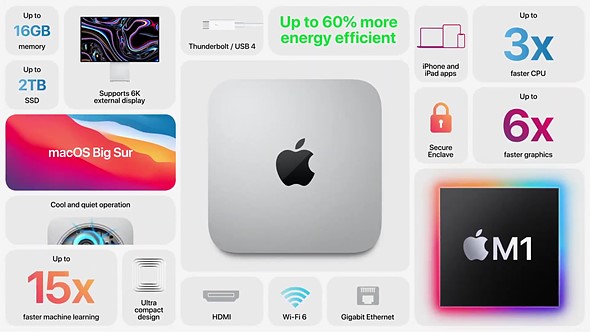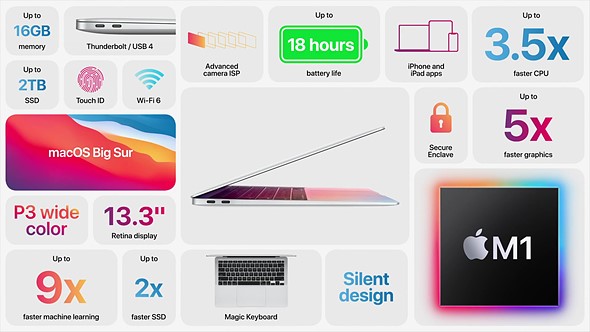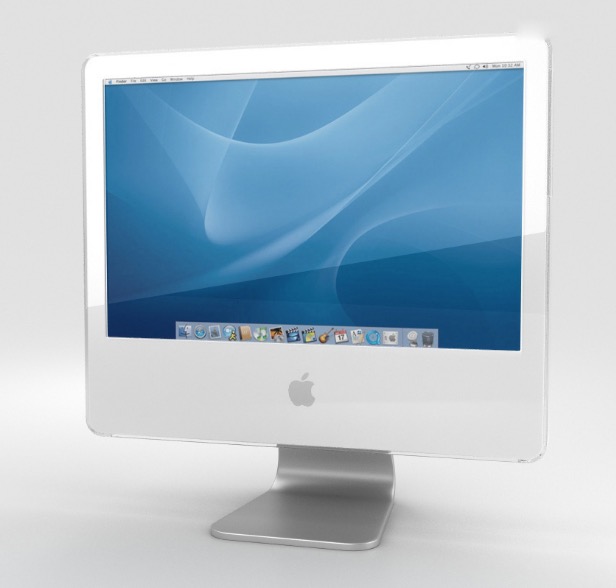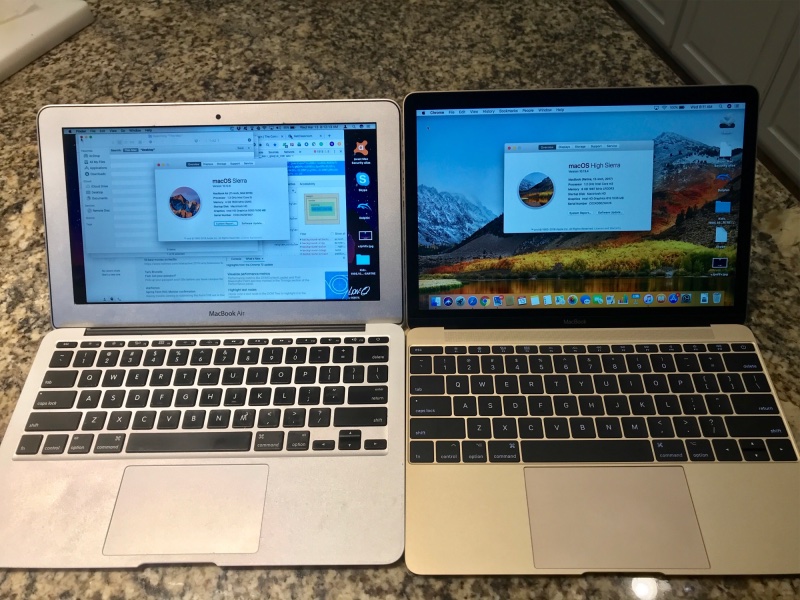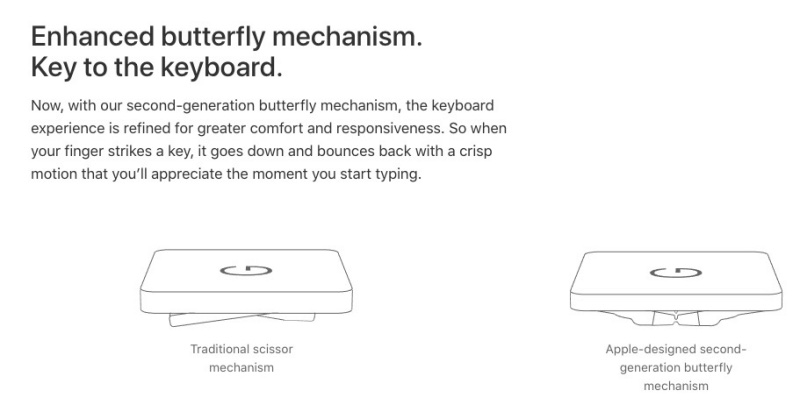A tremendous value.
When crafting my home theater the default assumption was that the enormous 55lb. energy quaffing Mac Pro would be the computer of choice. This has served me faultlessly for many years and one of the really nice benefits was that four large hard drives could be accommodated within the chassis where many movies were stored. For perfect streaming nothing beats hard wiring, no wi-fi to go down.
Interested in saving power and cutting intrusive bulk, I was reading about the latest M1 and M2 CPU-eqipped Mini’s and quickly realized that this was far more computing power than was required for the simple job of streaming movies. (The Mac Pro, of course, is total overkill, but it’s so inexpensive nowadays that economics are not an issue). So I searched around and came across this rather ancient 2014 Mac Mini on Amazon which, in its base configuration, ran me just $126. Sure it has no internal additional hard drive storage, but that was easily side-stepped with a cheap Probox like the ones I have been using for years. The old Mini is blessed with no fewer than four USB 3.0 sockets and a Probox is connected to each, meaning 16 external hard drives are accessible.
By the way, the availability of these old Minis on Amazon is spotty but keep checking and they crop up. You do not need more than 4GB RAM or the costly SSD option for streaming movies. The advertised image is incorrect – the 2014 Mini I received does not have a slot loading DVD drive. Mine came with a fresh installation of OS X Catalina (10.15). Here are the connection options on the machine:
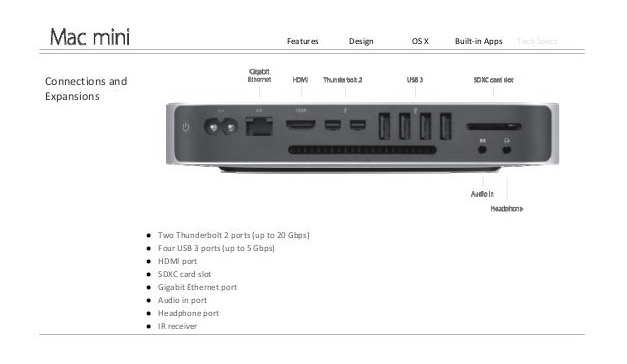
Abundant connectivity.
Note the presence of an HDMI socket which is used to connect to the UST projector in the home theater.
The Mini has several advantages over the huge Mac Pro in this application. It uses far less power (6 watts idle, 85 watts max, compared with 125/285 for the Mac Pro), is easy to hide (you really do not want ugly computer boxes cluttering up a home theater), has HDMI built in (the Pro needs a suitably equipped graphics card) and, most importantly, comes with excellent Bluetooth 4.0 sensitivity. The BT in the Mac Pro is simply awful. Why is this important? Because you can hide the Mini away in a credenza, no status lights showing, and it responds perfectly to a Bluetooth mouse at 15 feet, where the Pro really struggles, even with an external Bluetooth ‘dongle’.
So if you are looking for an inexpensive, elegant computer solution for your home theater installation, this old Mini is just the ticket. Mine arrived in absolutely mint condition from a vendor named ‘iSpyDeals’. And should the small 500GB hard drive fail, it’s easily replaced. Why, you could even install a cheap SSD for even snappier performance. Just do not make the mistake of thinking that you can use this computer for heavy video processing ….
Here are the specifications and options for the 2014 Mac Mini which is still supported by Apple, if you like spending hours on the phone with a clueless ‘technical advisor’, one whose native tongue is anything but English:

Specifications.

